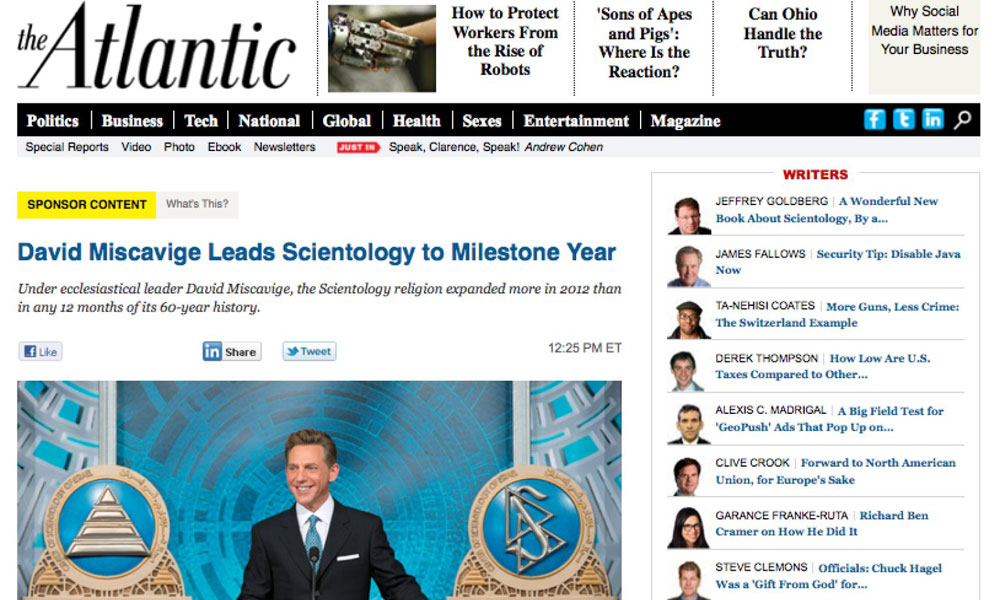
Groups Struggle to Self-Regulate Native Advertising
Native advertising--content paid for by a sponsor that looks a lot like editorial--is gaining popularity and driving new revenue streams for publishers. Meanwhile, the FTC is watching for too much blurring of the lines. Will advertising groups do enough to self-regulate?
BuzzFeed, Facebook, and Twitter’s embrace of “native advertising” might land some ad industry groups in hot water with the Federal Trade Commission. The FTC wants to rein in this form of online advertising, which resembles editorial content.
Conventions need to be developed, like they have for newspapers and infomercials on TV.
The federal agency recently warned Google and Bing about native advertising practices, with more threats of increased regulation coming, according to AdWeek. It also released guidelines for how to make effective disclosures in digital advertising.
“Conventions need to be developed, like they have for [advertorials in] newspapers and infomercials on TV,” C. Lee Peeler, CEO of the Advertising Self-Regulatory Council, told AdWeek.
A recent study by the Online Publishers Association found that 81 percent of its members say marketers are primarily using native advertising on their sites to increase consumer engagement with advertiser brands and that 81 percent say that marketers also want to leverage publisher brand equity to achieve brand lift.
“Native advertising is a natural outgrowth of the kind of collaboration OPA members have done with marketers for years in the form of custom programs,” said OPA President Pam Horan in a statement. “Our research reveals that marketers continue to look to partner with OPA brands to leverage their expertise in content creation and to take advantage of the brand halo that our members offer.”
Horan told AdWeek that “labeling is paramount” and the industry “should move toward some consistency.”
Laura Britt, staff attorney for the National Advertising Division, part of the Council of Better Business Bureaus, blogged in Ad Age that “native advertising is governed by well-settled principles,” and “marketers and publishers should be vigilant in ensuring readers are aware they are viewing advertising.”
However, one of the key issues for the industry at the moment is defining exactly what constitutes native advertising. To that end, the Interactive Advertising Bureau has created a Native Advertising Task Force, which began meeting about a month ago.
“Native advertising is gaining in popularity, but stakeholders need to coalesce around definitions and best practices if we’re going to be able to drive the native movement to scale,” Susan Borst, IAB primary staff liaison, wrote in a blog post.
A native ad for the Church of Scientology, used earlier this year by The Atlantic, drew criticism for appearing too similar to editorial content. (The Atlantic screenshot)






Comments